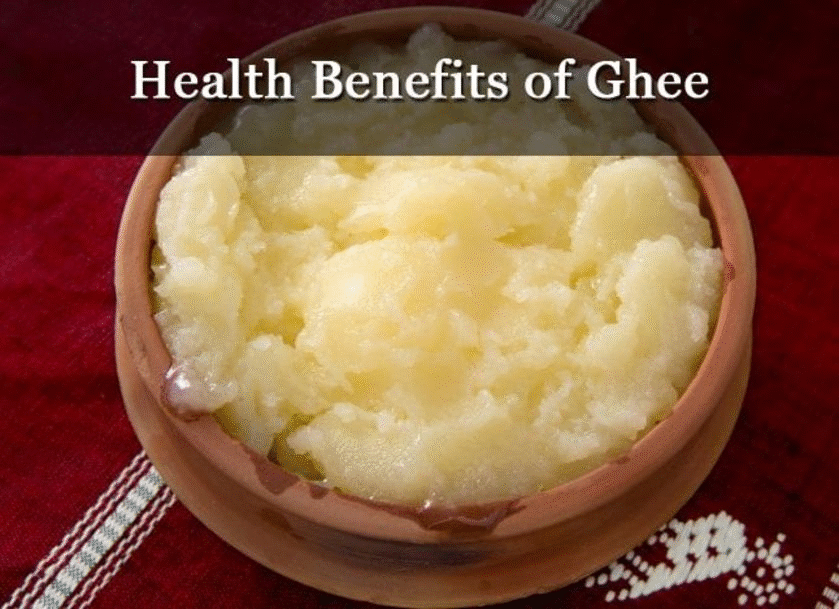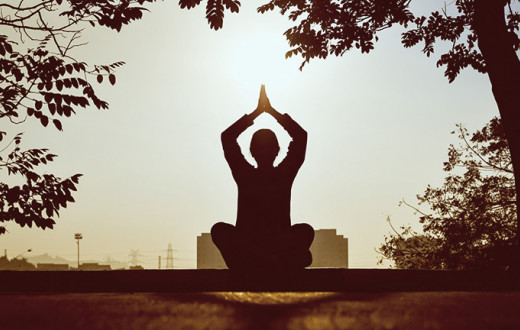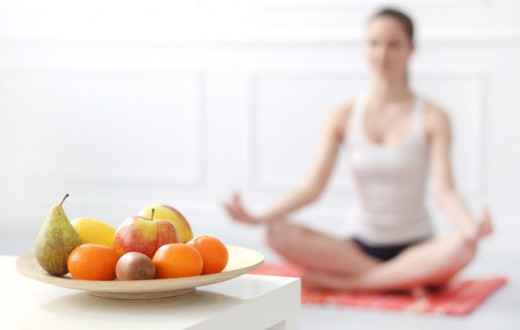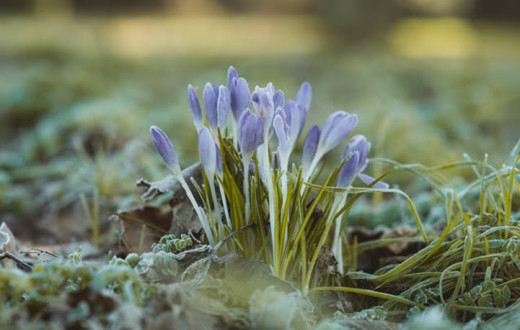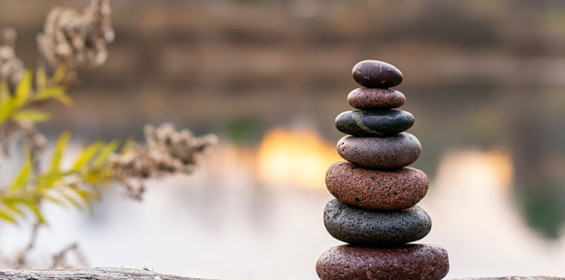1) What is ghee exactly?
Ghee is butter minus milk solids. Its also known as clarified butter. The absence of lactose or casein makes it highly suitable for people that cannot normally digest dairy. It is also much more stable than milk, and can be kept for long periods. As a butter or oil substitute it can be widely used due to its high smoke point. Ghee is the essence of milk. Sometimes, it is also called as the 'most refined end product of milk'. In ancient scriptures, ghee is considered as the food that feeds the Gods. Ghee also has the qualities of being heavy, slow, oily, liquid, dense, and soft and it is these qualities that help build the body, unit by unit.
Ghee increases the sattvic qualities of life both in our self and in our environment. It allows body and mind, both subtle and gross, to burn with a refined brilliance. Ghee increases intelligence, refines the Buddhi (intellect) and improves the Smrti (memory). Ghee also builds the aura, makes all the organs soft, and increases Rasa (the internal juices of the body).
The ingestion of ghee is used in Panchakarma to first penetrate into and then dissolve ama in the dhatus, allowing the wastes to be then carried to the intestinal tract and expelled. Ghee magnifies healing and its effectiveness in facilitating recovery from wounds is celebrated. It is considered one of the best substances for self-massage increasing the overall strength, luster and beauty of the body. What is truly special about the effect of ghee increasing agni (to digest food) is that it does so without aggravating Pitta dosha (the fire element) in the body. Ghee calms Pitta and Vata. Hence, it is ideal for those suffering from Vata imbalance and Pitta imbalance disorders.
Ghee is an wonderful rejuvenative substance and is known to contribute to longevity. Ghee, in a very sure and steady way, slows the aging process by enriching the living one. The older the ghee, the better its healing qualities (preferable to be applied topically). Ghee is life!
Which ghee is better, cow ghee or buffalo ghee? Cow milk and ghee are believed to be more sattvic (pure and purifying) unlike buffalo milk and ghee which are more tamasic (dulling). The composition of the 5 elements (ether, air, fire, water and earth) of cow ghee is very similar to that of ojas, the body’s life force, without which we would die.
2) The right method to use ghee
A general recommended amount of ghee to use would be about ½ teaspoon per meal. (an average intake of ghee to less than 1.5 tsp daily)
3) Ghee home remedies
- Have a teaspoon of ghee before food in the morning to relieve pain in the bladder region
- Include garlic along with ghee in your diet to cure chronic fever
- Mix amla powder and raisins with ghee and keep inside mouth for a few minutes to relieve dryness of palate and oral cavity
- Consume (Terminalia chebula) powder with ghee to relieve burning sensation
- Add ghee and sugar to Triphala decoction to treat anemia (improves liver function)
- Instill a fine mixture of saffron and ghee (clarified butter) into each nostril early in the morning, on empty stomach to relieve migraine problem.
4) Ghee excess Alert!
If you are experiencing any of the following symptoms, it is important to know that ghee should be used sparingly in the diet:
- Excessive toxins in the system
- High cholesterol
- Overweight or obese
- Excessive Kapha in the system
5) Benefits of using ghee
